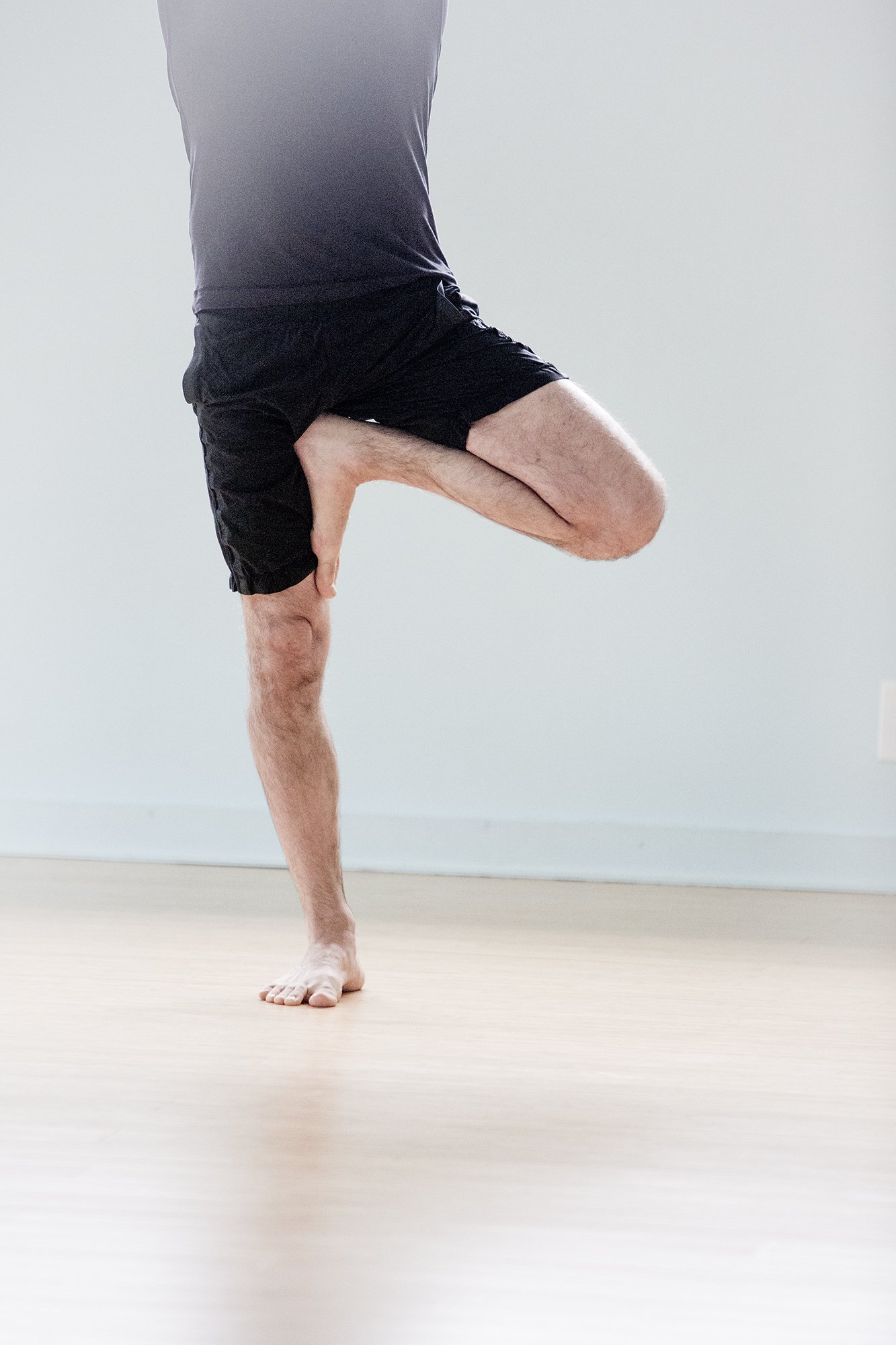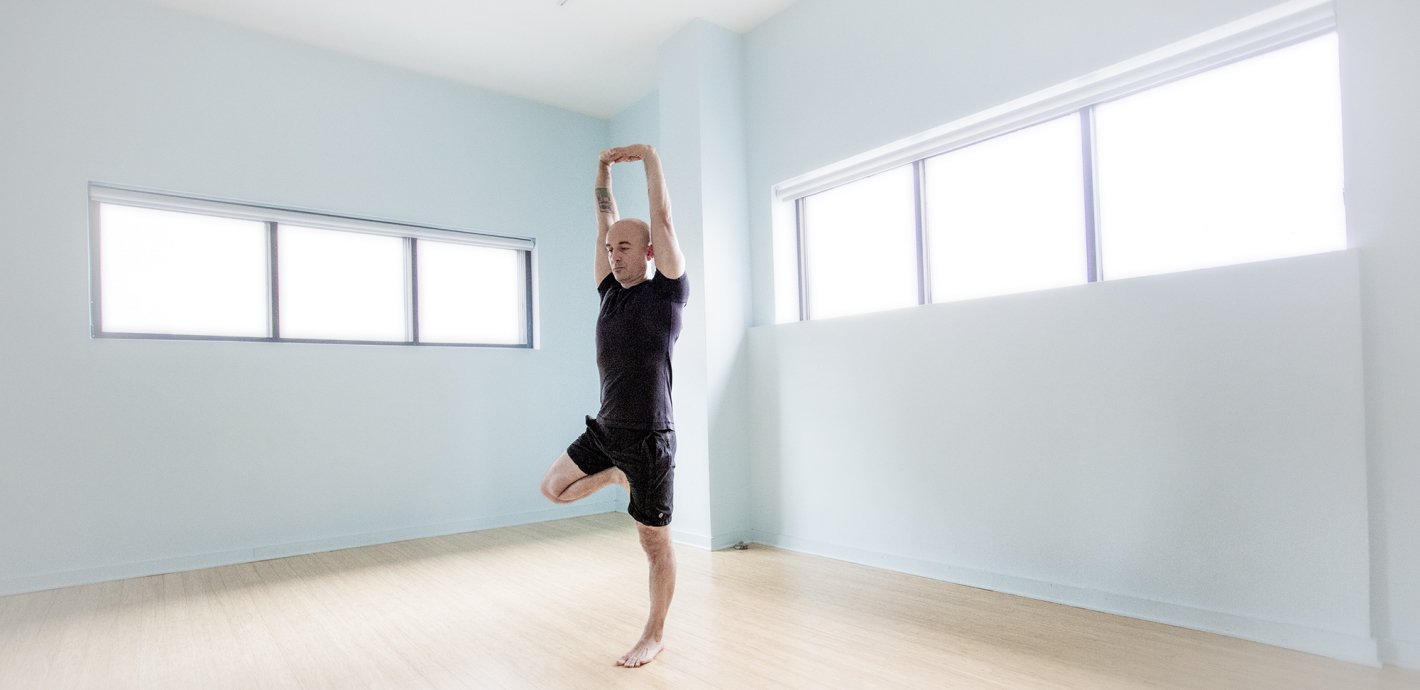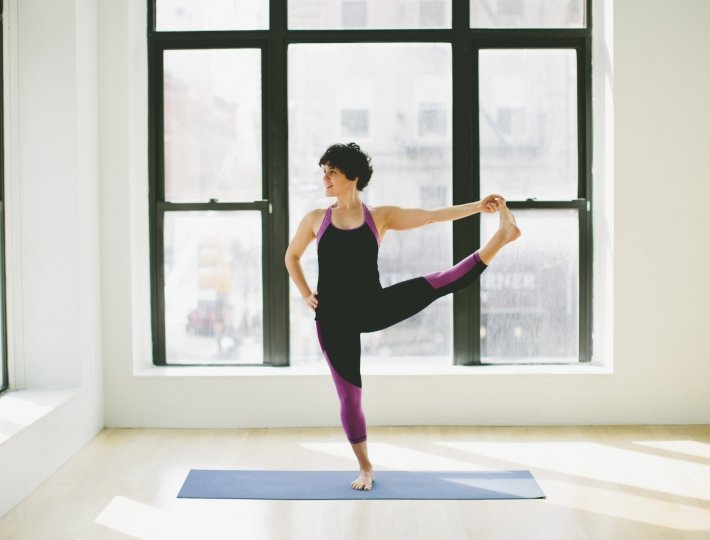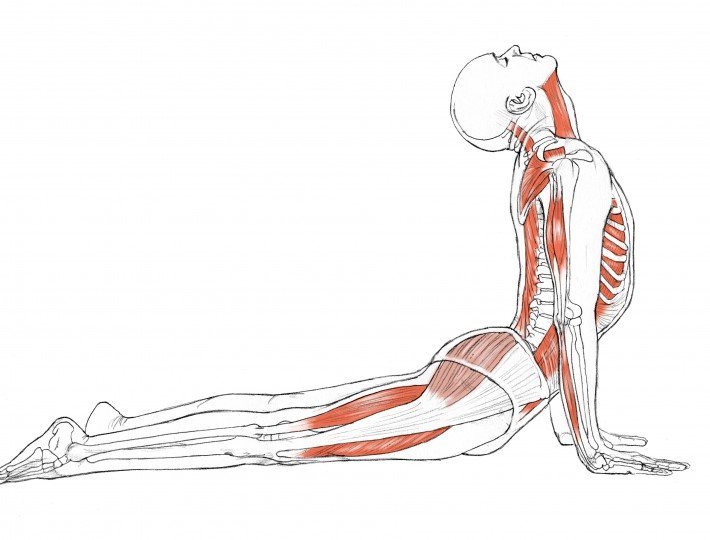According ancient texts, mula bandha, or the root lock, is a contraction and lifting of the area between the anus and navel, and is one of the most elusive practices in hatha yoga. When engaged, it stops the downward flow of prana, or vital energy, and provides support to the organs resting on the pelvic floor. The contracting and lifting of this musculature also assists in stabilizing the sacroiliac joint, which is otherwise prone to injury if the practitioner has hyper-mobile hips. Traditionally, yogis would practice mula bandha by placing the heel of one foot just in front of the anus and sitting on it so the pelvic floor had an upward pressure. The current trend in hatha yoga, however, is to spend a large percentage of the class practicing standing poses. In fact, with the amount of standing and “hip opener” poses practiced in contemporary yoga classes, the muscles that engage to create mula bandha may be over-stretched and lose their tone, making it more difficult to utilize this important technique.
We can, however, use a concept that is currently getting some attention from physical therapists and other movement professionals called “tensegrity” in certain standing poses to engage mula bandha. Tensegrity is a principle based on the relationship between compression and tension within a structure. In the 1960’s, some architects began using tensegrity when designing buildings. The same principle holds true within the structure of our body.
Related: The Intriguing Tantric Practices You Should Really Know About
Although Vrksasana, or Tree Pose, is considered a very basic asana, it offers us a chance to use tensegrity to engage the root lock. To practice Tree Pose, press the sole of one foot into the inner thigh of the opposite leg, while also pressing the thigh into the foot. Move the sacrum (the triangular bone just above the tailbone) forward in space while resisting your bent knee back in space. Without equal compression from all sides, the foot will slide down and you will fall out of the pose. With equal compression, however, the pose becomes more stable and tension in the middle is strengthened, giving a lift to the pelvic floor.
Try practicing Vrksasana with awareness of this relationship between compression and tension to create mula bandha.In future posts we will discuss how to use tensegrity and other principles of anatomy and physiology to get the most out of our yoga practice. If you have a question about how to deepen your practice submit it here.
Photo by Mitchell Manz


![treeposeaniedit[1]](/s/img/wp-content/uploads/2016/03/treeposeaniedit1.gif)










Comments (1)